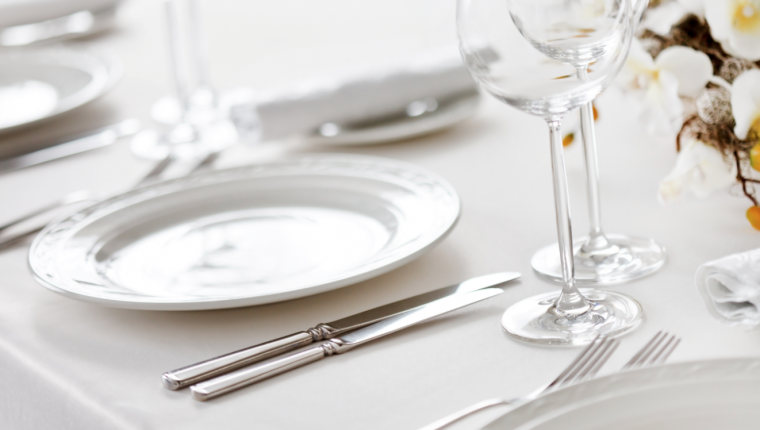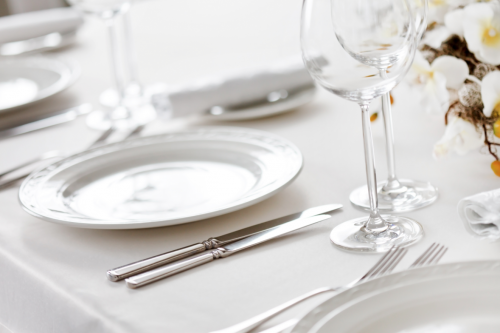12 dining-etiquette rules that every professional should know
Posted by staff / December 16, 2013

Another great Vivian Giang article at Business Insider. This time about the etiquette rules of dining with business colleagues (but don’t let that stop you, they help in ordinary circumstances, too!).
Eating with someone in a professional context can be tricky. On the one hand, you’re trying to get to know the person better, but on the other hand, you’re worried about what your eating habits say about you.
The most important thing to remember, says career coach Barbara Pachter, is that you’re not there for the food. You are there for business.
In her new book “The Essentials Of Business Etiquette,” Pachter discusses the dining etiquette rules every professional needs to know:
1. The host should always be in charge.
This means picking an appropriate restaurant and making reservations ahead of time, which is especially important if you’re having a business lunch or dinner at a time that can be busy. The last thing you want is to be told there isn’t a table available for you and your guest(s).Once you’re seated, “you need to take charge of the logistics of the meal,” says Pachter. This means directing your guests to their seats or recommending menu items in various price ranges.
2. Never pull out someone’s chair for them.
It’s OK to hold open a door for your guest, but Pachter says you shouldn’t pull someone’s chair out for them, regardless of gender. In a business setting, you should leave those gendered social rules behind.“Both men and women can pull out their own chairs,” she says.
3. Know which utensils to use.
Each course should have its own utensils, and all of them may already be in front of you or will be placed in front of you as the dishes are served. In the case that all of the utensils are there at the beginning of the meal, a good general rule is to start with utensils on the outside and work your way in as the meal goes on.Here’s Pachter’s guide to using the proper utensils: “The largest fork is generally the entrée fork. The salad fork is smaller. The largest spoon is usually the soup spoon. If you are having a fish course, you may see the fish knife and fork as part of the place setting. The utensils above the plate are the dessert fork and spoon, although these may sometimes be placed on either side of the plate or brought in with the dessert.”
4. Always break bread with your hands.
Pachter says you should never use your knife to cut your rolls at a business dinner. “Break your roll in half and tear off one piece at a time, and butter the piece as you are ready to eat it.”5. Know the “rest” and “finished” positions.
“Place your knife and fork in the rest position (knife near the top of plate, fork across middle of plate) to let the waiter know you are resting,” says Pachter. “Use the finished position (fork below the knife, diagonally across the plate) to indicate that you have finished eating.”
Full story here: Business Insider.
Photo credit: Maksim Shebeko – Fotolia.com
Very helpful, thank you!
[…] 12 dining-etiquette rules that every professional should know […]